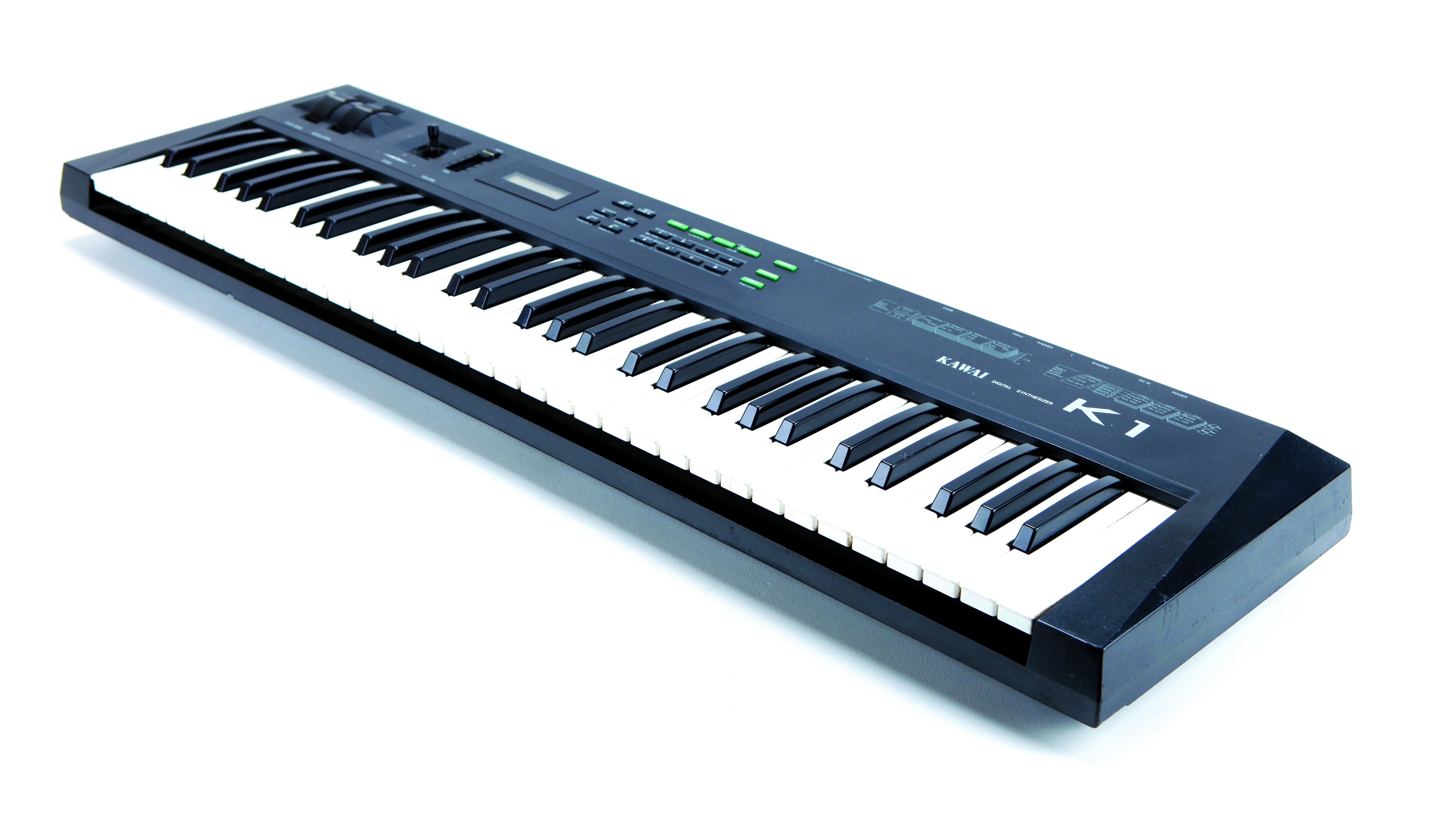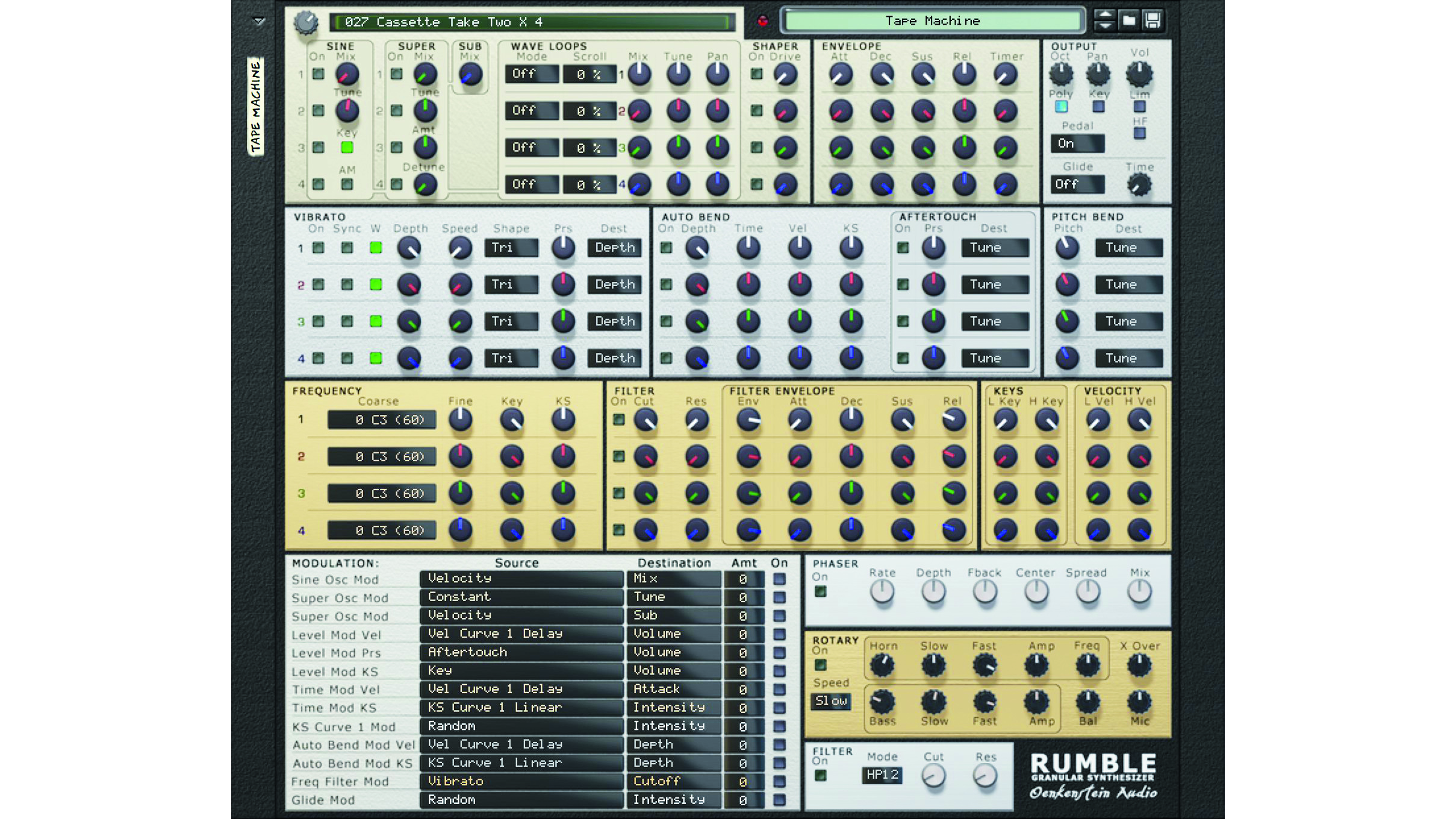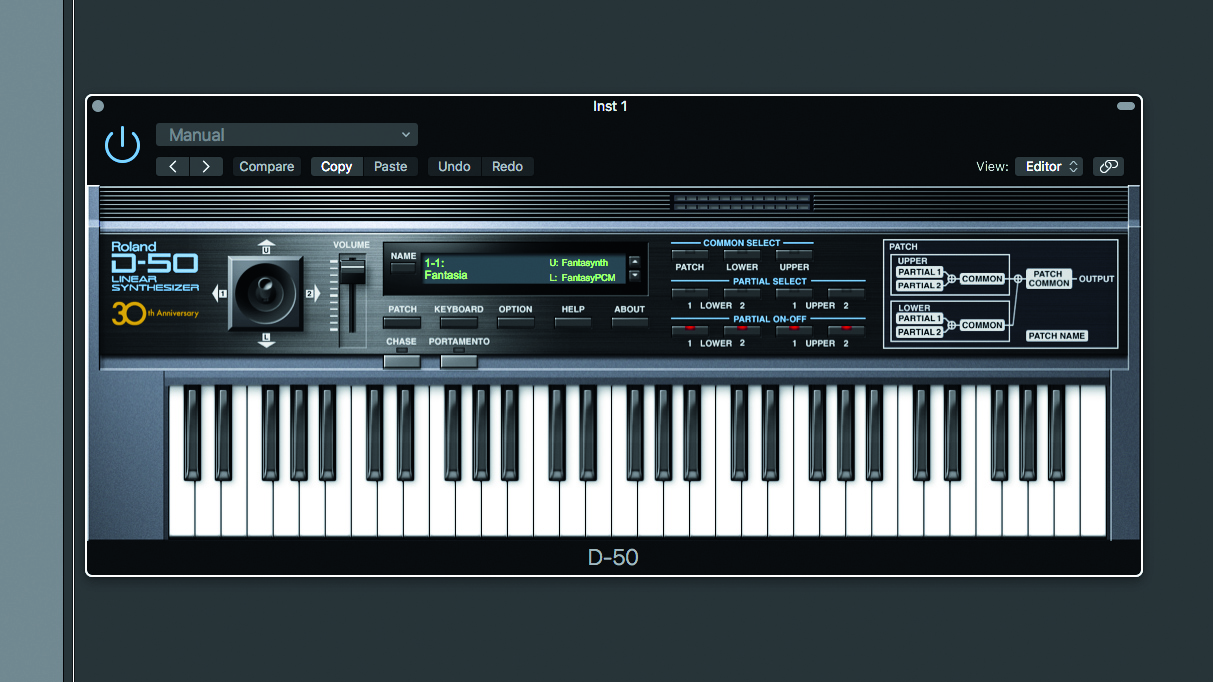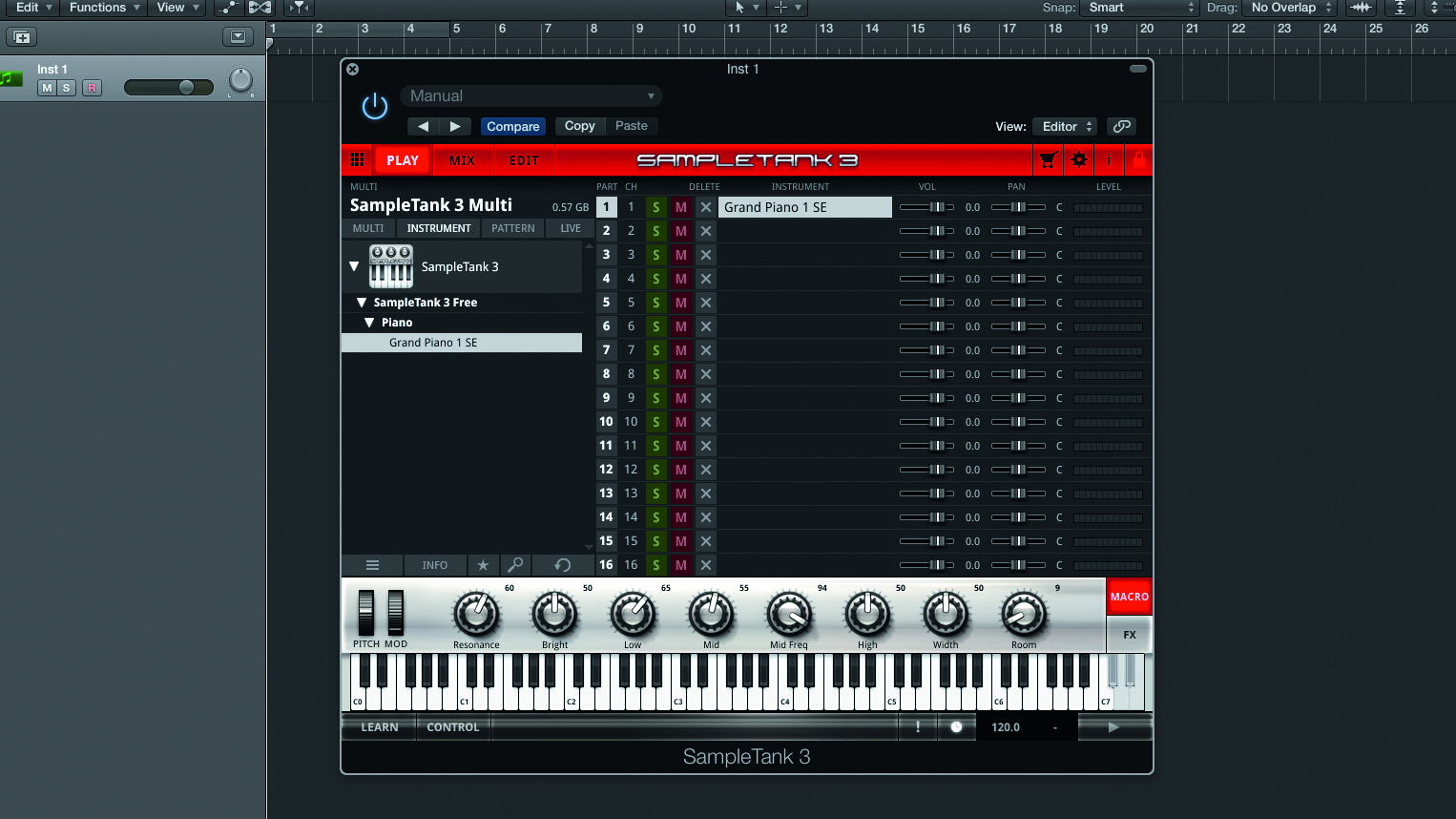Blast from the past: Kawai K1
Introduced as a cheap alternative to Roland’s D-50, synthesists are only now beginning to discover what this ROMpler has to offer

It’s difficult to dissect the success of Kawai’s K1. On one hand, it offered a decidedly low-budget alternative to Roland’s D-50 - the hottest synth on the market at the time of the K1’s release. On the other, so many corners were cut that an argument could be made that it could barely be considered a synthesiser at all, as the omission of any sort of filters meant that for many owners it served merely as a collection of multi-sampled instruments – what we’d call a ‘ROMpler’ nowadays. Even then, the initial version lacked drum sounds or sequencing of any sort. And effects? Forget it.
And yet the darned thing sold. And sold. And sold. Eventually, Kawai would shift 50,000 of the things - and while that was only a quarter of the number of D-50 receipts, it was no small amount. To put it in perspective, Moog only managed to sell some 13,000 Minimoogs in its initial 11-year production run.
What made this cheap, slightly toyetic tone generator so popular? It’s hard to say. As noted, the D-50 was the synth du jour and, making a significant splash with its trifecta of factory samples, subtractive synthesis, and effects processing. Yet there were a great number of players who simply couldn’t manage Roland’s asking price of £1495. At £599, the Kawai was a bit more manageable.
What did one receive for such an outlay? Well, 16-voice polyphony for starters, each voice allowing two distinct ROM samples with their own discreet set of parameters. The typical ADSR-style envelopes got an extra boost from a definable delay stage at the start, allowing for a bit of timbral evolution.
The oscillators tapped into a collection of 256 distinctly lo-fi sampled waveforms. With 52 single-shots and 204 looped waves, there was plenty to play with, even if such play amounted to little more than stacking samples one on top of the other and adding a bit of envelope shaping or warble from an LFO (with saw, square, triangle, and random waves). Sample sources could also be combined via ring modulation, but that’s about as outré as one could really manage to get with a K1.
Still, if one was willing to forgo half of one’s polyphony, the number of stackable waves could be increased to four, and that’s more than enough to craft some interesting timbres from even the most rudimentary sources.
The K1’s sounds could be split and layered across the velocity and aftertouch-sensitive five-octave keyboard, and an eight-part multitimbral mode made it a quite decent companion for MIDI sequencing.
Want all the hottest music and gear news, reviews, deals, features and more, direct to your inbox? Sign up here.
Pitch and mod wheels were shoved to the upper-left of the panel, rather than to the left-side of the keys, and a joystick allowed vector-style amplitude control of the oscillators. For those who didn’t need the keys, desktop and rack versions were available at reduced cost.
Kawai would add both drums and effects to the follow-up, the oddly-named K1 II, though filters were still absent (though they were found on the company’s costlier flagship, the K4).
The oft-maligned K1 has astonishingly crept back into fashion, though not so much that it can’t be had for the cost of a decent plugin.
Three great plugin alternatives
Oenkenstein Audio Rumble K1 Granular Synthesizer

This massive Rack Extension for Reason Studios’ Reason was inspired by the K1, and that still shows. However, the developer have added quite a lot of functionality, including those lamented filter and effects. There’s also a powerful modulation matrix and granular synthesis functions.
Roland D-50

If you’ve been itching to get some 80s-style PCM synthesis, 20 bucks will get you a month’s access to Roland’s Cloud service, where you can avail yourself of the synthesiser that inspired Kawai’s K1. The D-50 has a different set of samples onboard, but it also has filters and effects. It’s a classic, and for good reason at that.
IK Multimedia SampleTank Free

We couldn’t exclude the free version of the ROMpler that re-defined the form for the virtual era. SampleTank has long been available in various commercial guises, and the free version offers a keen collection of multisampled instruments. The quality is far superior to that of the K1, and there are more parameters to play with.


Computer Music magazine is the world’s best selling publication dedicated solely to making great music with your Mac or PC computer. Each issue it brings its lucky readers the best in cutting-edge tutorials, need-to-know, expert software reviews and even all the tools you actually need to make great music today, courtesy of our legendary CM Plugin Suite.
